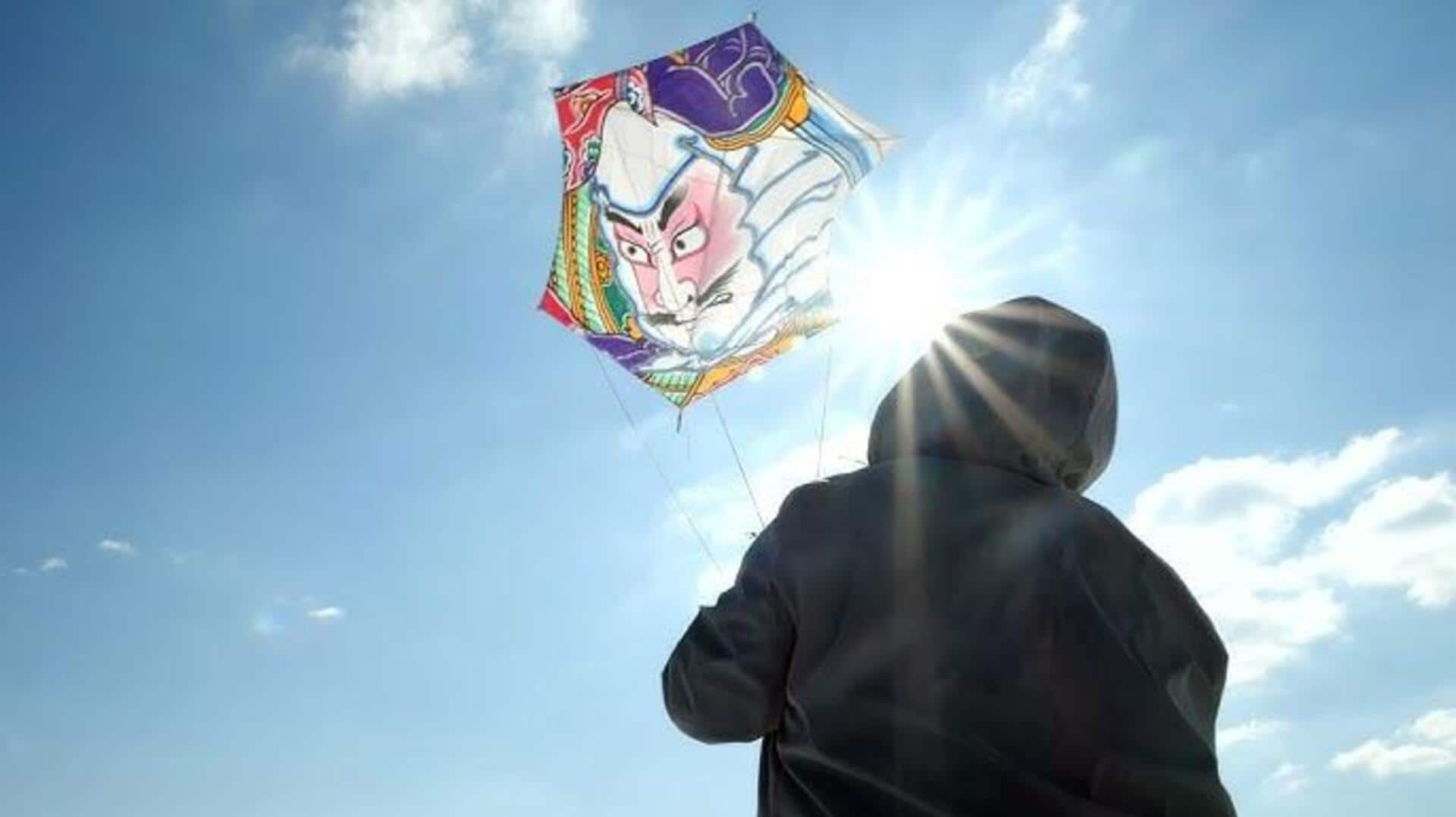
5 lesser-known Japanese kite flying traditions
What's the story
Kite flying in Japan isn't merely a hobby; it's a cultural tradition steeped in history. While many are familiar with colorful kites of festivals, few know about the distinct traditions that reflect regional customs and historical influences. These lesser-known kite flying practices provide an insight into Japan's cultural richness, displaying traditions that remain obscure outside the country.
Hamamatsu tradition
Hamamatsu Festival kites
The Hamamatsu Festival, which takes place in May, involves massive kites called dako which can go up to three meters long. The kites are flown to welcome a newborn child and have the family's crest and child's name written on them. The fun of the festival lies in the competitive kite battles where the participants attempt to cut each other's kite strings using friction.
Shirone Battle
Shirone Giant Kite Battle
Over Nakanokuchi River in Niigata Prefecture's Shirone district, an annual giant kite battle is held. Participants fly massive kites (up to seven meters wide) and try to entangle their opponents' kites mid-air. The tradition goes back over three centuries and is believed to have stemmed from local disputes being settled through kite battles.
Edo tradition
Edo-style kites
Edo-style kites, which are rectangular in shape, come with beautiful designs of warriors or mythical creatures. Hailing from Tokyo in the Edo period, these kites were an important part of New Year celebrations. They represented good fortune and prosperity for the coming year. The tradition emphasizes the cultural significance of kite flying in Japan, combining artistic expression with historical importance.
Nagasaki Custom
Nagasaki Hata Kiting
In Nagasaki, hata are small square-shaped kites made from bamboo frames and covered with paper or cloth. These kites are flown during the Obon season as part of the rituals for worshipping ancestors. The custom is to write messages on the hata before sending them skyward as offerings for the deceased.
Tosa craftsmanship
Tosa washi paper kiting
Known for its lightness and durability, tosa washi paper is ideal for crafting the traditional Japanese kites, called tako. These come from the Kochi Prefecture on Japan's Shikoku Island. Handcrafted, these kites are elaborately designed, drawing inspiration from nature and folklore, reflecting the region's rich history. This craftsmanship is a testament to the artistry and tradition unique to Japanese kite making.